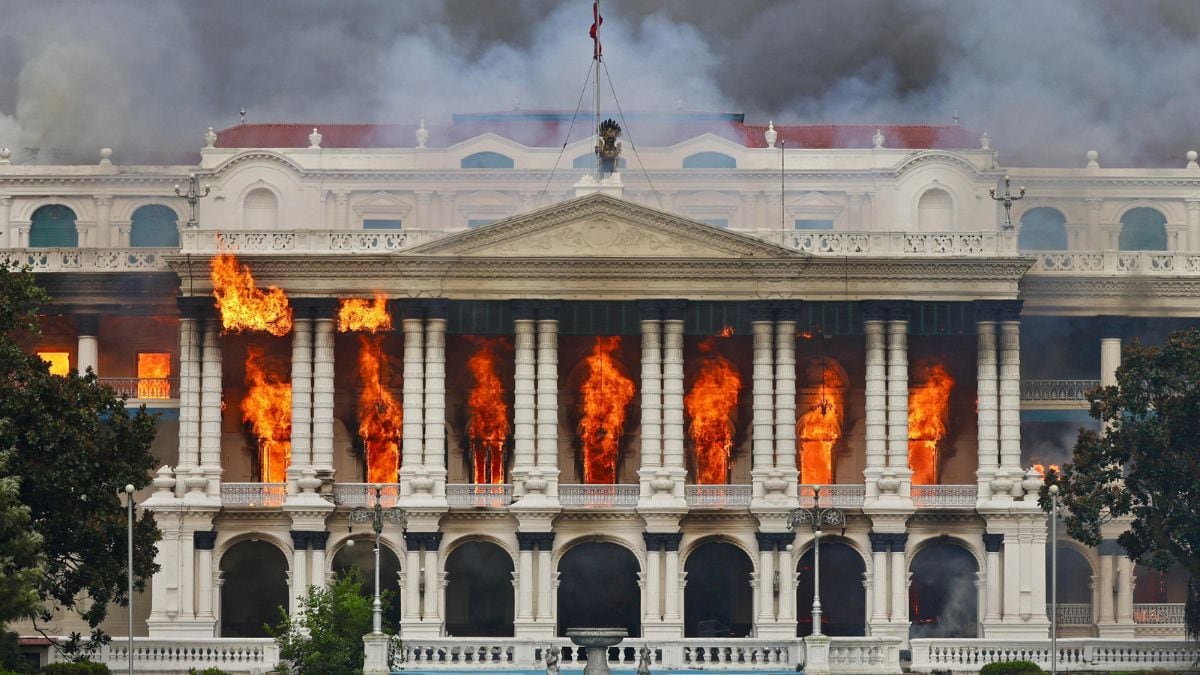New York: In a telling sign of a bolder strategic engagement between Washington and New Delhi, the US on Wednesday said it was willing to examine the sale or joint production of missile shield systems to help New Delhi guard against nuclear threats. The US offer was made by Robert Scher, deputy assistant secretary of defense for South and Southeast Asia while underlining the importance of India-US defense ties for security in Asia. In its new strategic review released earlier this month, Pentagon officials emphasised the need for a long-term strategic partnership with India, and identified China as a threat while declaring surging Asia as a priority to the US. “We are really open to it. This is something we ask them if they are interested in,” Scher told the Press Trust of India. The senior Pentagon official disclosed that Washington and New Delhi had been involved in “crucial discussions” on the ballistic missile defense shield and looked forward to restarting the dialogue. [caption id=“attachment_187212” align=“alignleft” width=“380” caption=“According to analysts, the US was hoping to sell India the Patriot Advanced Capability (PAC)-3 missile defense system but India is more interested in building its own systems than buying some from the US. AFP”]  [/caption] The US started preliminary talks with India nearly three years ago over the sale of missile shield systems. Most of the talks have been at the technical level. US defence officials had conducted computer simulations with their Indian counterparts to demonstrate the capabilities of such technology. Indian missile experts from the Defence Research Development Organisation (DRDO) have watched at least two live launches of missiles used in the US shield system. According to analysts, the US was hoping to sell India the Patriot Advanced Capability (PAC)-3 missile defense system but India is more interested in building its own systems than buying some from the US. The ‘hit-to-kill’ American PAC-3 missile is the world’s most advanced and powerful air defense missile. It can destroy enemy-fired tactical ballistic missiles carrying weapons of mass destruction, advanced cruise missiles and aircraft. During Operation Iraqi Freedom, a mix of PAC-3 missile interceptors and PAC-2 air defense missiles destroyed a series of short-range ballistic missiles fired by Iraq. Pakistan and China will obviously follow any US-Indian anti-missile cooperation with great interest, since a close US-Indian cooperation in missile defenses not only is an indication of their shared strategic interests, but also has implications for India which is developing its own indigenous missile defence systems to defend against both Pakistani and Chinese missiles. India started its own Ballistic Missile Defence (BMD) programme in 1995 and has successfully conducted two exo-atmospheric interceptor tests at altitudes of 48 km and 80 km, and two endo-atmospheric tests at altitudes of 15 km and 18 km. India is now focusing on intercepting 2,000 km range ballistic missile at a higher altitude of 150 km. So far all the interceptor tests have been conducted from known test sites. “In actual war, such ideal situations will not be unavailable. There is thus a need to do further tests in the above suggested configurations for successful interceptions of missiles with 2,000 km ranges,” wrote Pravin Sawhney of FORCE magazine. So far all Prithvi missiles depicting hostile missiles have been fired from the integrated test range at Chandipur, in Orissa and the interceptors from Wheeler’s Island, an island off the coast of Orissa.
In a telling sign of a bolder strategic engagement between Washington and New Delhi, the US on Wednesday said it was willing to examine the sale or joint production of missile shield systems to help New Delhi.
Advertisement
End of Article


)

)
)
)
)
)
)
)
)



